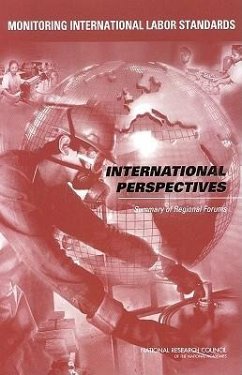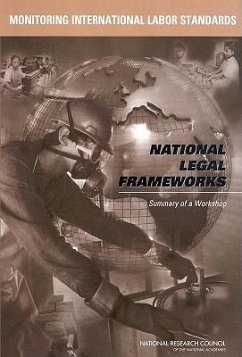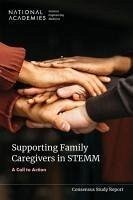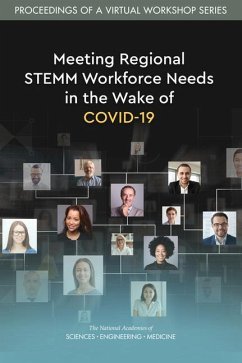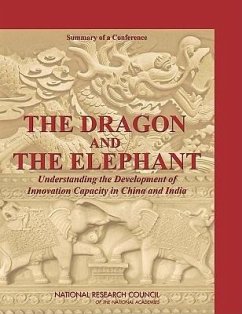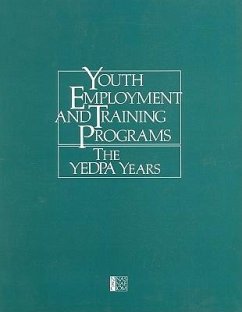
Traumatic Injury Research at Niosh
Reviews of Research Programs of the National Institute for Occupational Safety and Health
Versandkostenfrei!
Versandfertig in über 4 Wochen
63,99 €
inkl. MwSt.

PAYBACK Punkte
32 °P sammeln!
"ABSTRACT Occupational injuries continue to be a significant public health problem in the United States, imposing a substantial human and economic burden. Although rates of both fatal and nonfatal occupational injuries have declined since the passage of the Occupational Safety and Health (OSH) Act in 1970, much remains to be done. In 2006, more than 110 workers died each week as a result of injuries sustained on the job. According to the Bureau of Labor Statistics, in 2006, 3.9 million nonfatal injuries were sustained by U.S. workers in private-sector employment--a number that is widely recogn...
"ABSTRACT Occupational injuries continue to be a significant public health problem in the United States, imposing a substantial human and economic burden. Although rates of both fatal and nonfatal occupational injuries have declined since the passage of the Occupational Safety and Health (OSH) Act in 1970, much remains to be done. In 2006, more than 110 workers died each week as a result of injuries sustained on the job. According to the Bureau of Labor Statistics, in 2006, 3.9 million nonfatal injuries were sustained by U.S. workers in private-sector employment--a number that is widely recognized as a substantial underestimate. The National Institute for Occupational Safety and Health (NIOSH) is the federal agency tasked with conducting research and making recommendations for the prevention of occupational injury and illness. The Institute of Medicine convened a committee of experts to review NIOSH's Traumatic Injury (TI) Research Program. The committee evaluated the relevance and impact of the TI Research Program's efforts for the years 1996-2005, reviewed the program's strategic goals for the future, and provided recommendations for program improvement. Using a five-point scoring scale (where 5 is highest), the committee assigned the TI Research Program a score of 4 for both relevance and impact. The committee concluded that research was in priority areas and led to demonstrated effects on some end outcomes or on well-accepted intermediate outcomes. The committee concluded that the TI Research Program's strategic goals for the future were focused on major contributors to occupational injuries and deaths and are sensitive to populations and groups at disproportionate risk. In future iterations of its strategic goals, the TI Research Program should work toward focusing its efforts. The committee developed nine recommendations for program improvement in the areas of strategic planning, coordination and collaboration, workforce development, transfer, and the changing nature of work. " - p. 1-2




